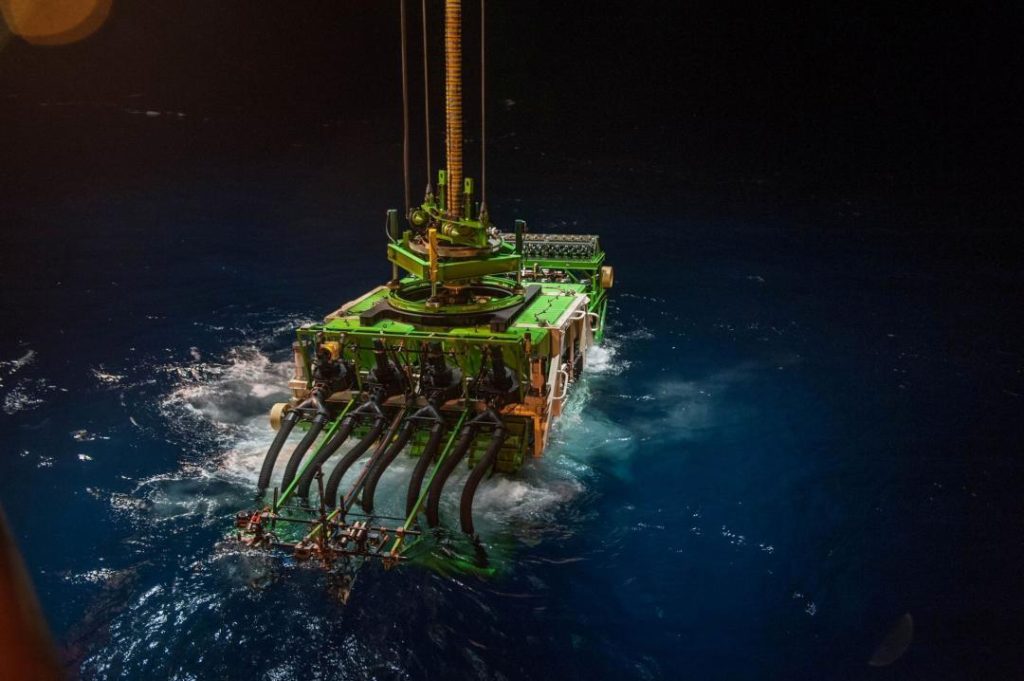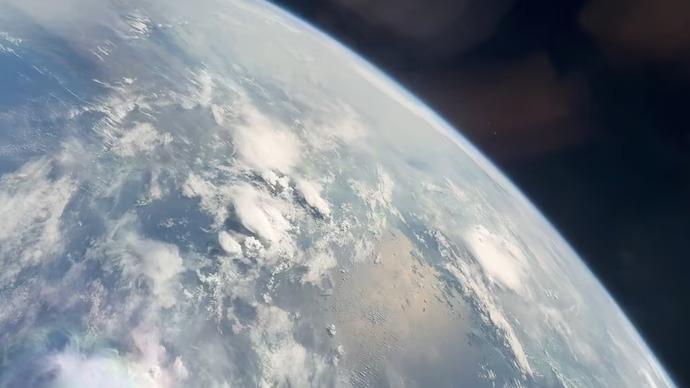
What are Deep Sea Mining’s Long-Term Effects According to a Study?
Deep sea mining, the process of extracting valuable minerals and metals from the ocean floor, has been gaining attention in recent years as a potential source of new resources. However, a new study by British scientists has shed light on the long-term effects of this practice, and the results are concerning.
The study, published in the journal Nature Communications, examined a small-scale mining experiment carried out in 1979 in the Pacific Ocean. The experiment, known as the “Tonga Trench Experiment,” was designed to test the feasibility of deep sea mining and to assess its environmental impact.
The results of the study are clear: deep sea mining causes long-term changes to sediment in the affected area. The researchers found that the mining activity had a significant impact on the seafloor, causing a layer of sediment to form that was different from the surrounding environment. This layer, known as a “plume,” was found to be rich in heavy metals and other pollutants, which can have negative effects on marine life.
But the impact of deep sea mining doesn’t stop there. The study also found that the mining activity caused a dip in the population of organisms in the affected area. This is a significant concern, as many of the organisms found in the deep sea play important roles in the ecosystem, including serving as a food source for larger animals.
The researchers also found that some animal groups were showing signs of recolonization, which may be a positive sign. However, this is a slow process, and it may take many years or even decades for the ecosystem to fully recover.
The study’s findings are a wake-up call for policymakers and industry leaders, who have been pushing for increased deep sea mining activity in recent years. The process is still in its early stages, and there are many questions surrounding its safety and sustainability.
One of the main concerns is the lack of regulations and oversight. Currently, there are no international laws or regulations governing deep sea mining, which means that companies are largely self-regulated. This lack of oversight can lead to environmental disasters, such as the one studied in the Tonga Trench Experiment.
Another concern is the potential impact on marine ecosystems. The deep sea is a unique and fragile environment, and it is still largely unexplored. The consequences of disrupting this ecosystem are unknown, and it is possible that the effects could be far-reaching and devastating.
Despite these concerns, some companies are pushing forward with plans to mine the deep sea. In 2020, the International Seabed Authority (ISA) announced plans to establish a mining regime for the Clarion-Clipperton Zone, a region in the Pacific Ocean that is rich in copper, gold, and other minerals.
The ISA has proposed a set of regulations for deep sea mining, including requirements for environmental impact assessments and the use of best practices to minimize the risk of environmental damage. However, many experts have criticized the proposal, saying that it does not go far enough to protect the environment.
In light of the study’s findings, it is clear that more needs to be done to address the long-term effects of deep sea mining. Policymakers and industry leaders must work together to develop regulations and oversight mechanisms that prioritize the protection of the environment and the ecosystem.
The study’s findings are a timely reminder of the importance of responsible mining practices and the need for greater transparency and accountability. As we move forward with plans to mine the deep sea, it is crucial that we prioritize the health of our oceans and the creatures that call them home.
Source:
https://indianexpress.com/article/explained/explained-sci-tech/deep-sea-mining-impact-9913290/lite/






